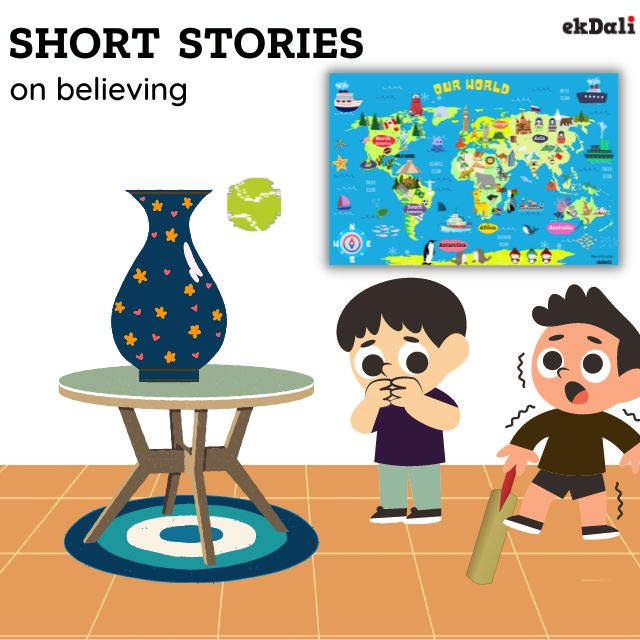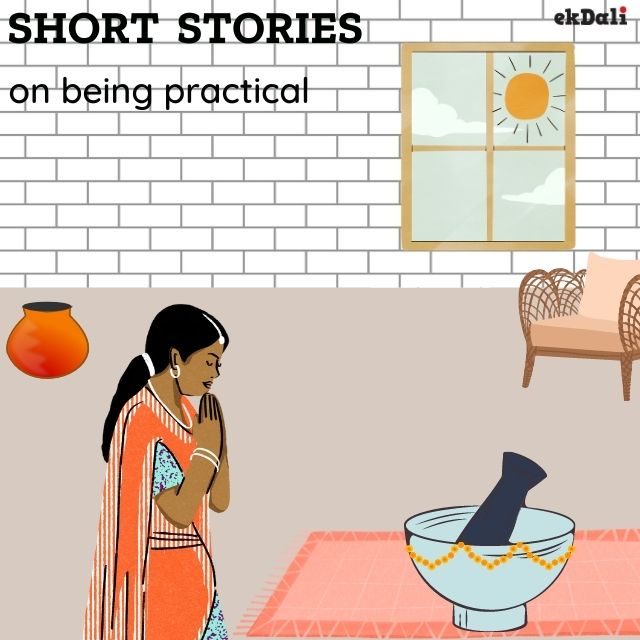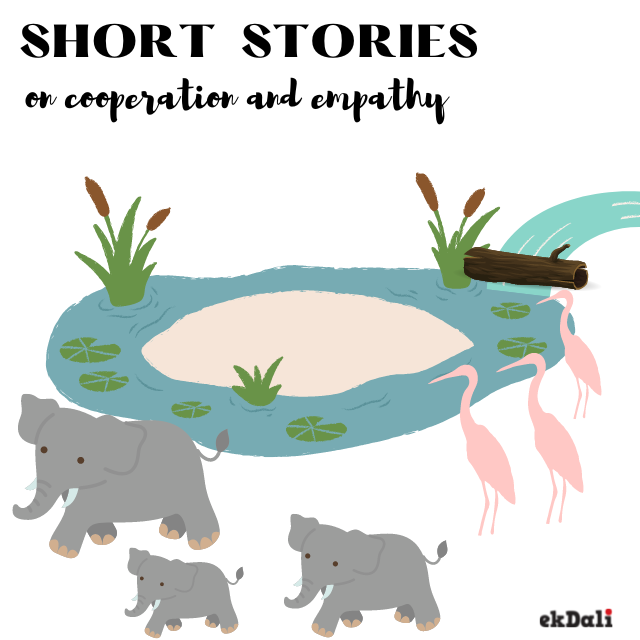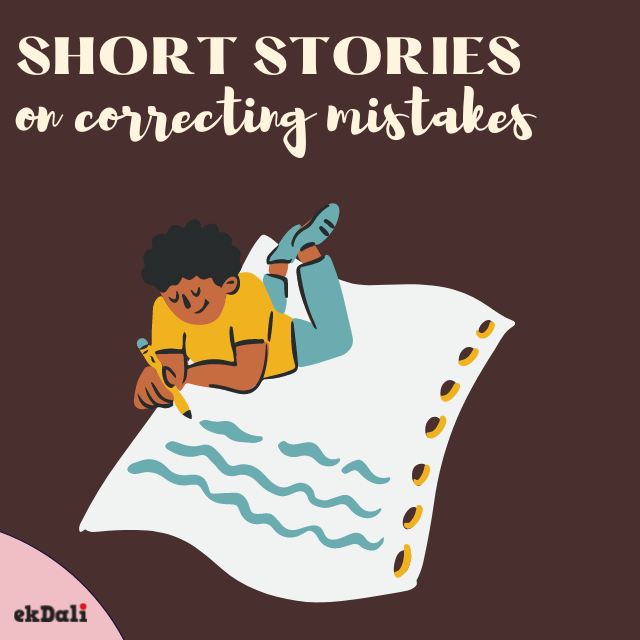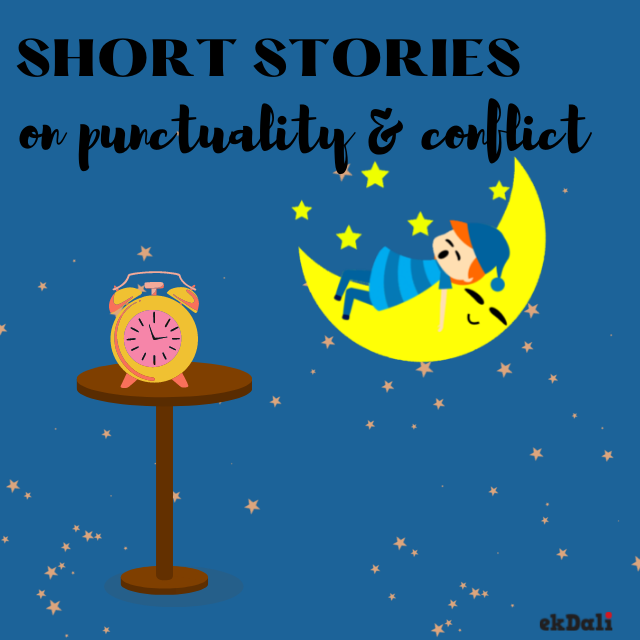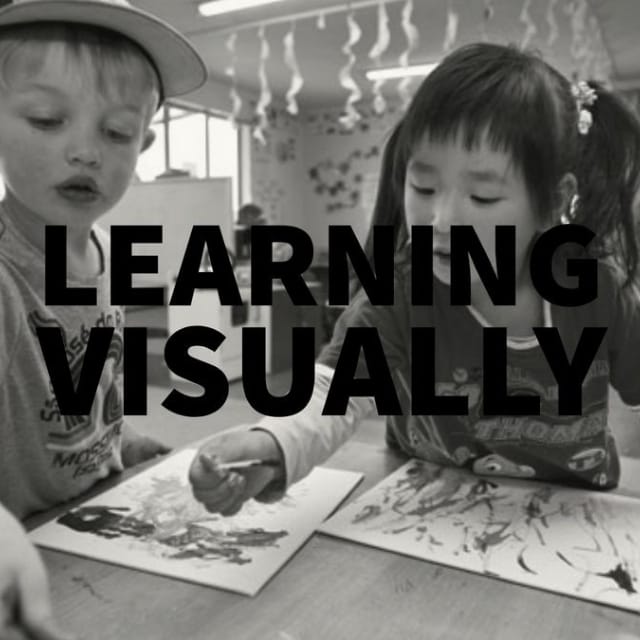“He seems to understand everything once, and he looks totally switched-off another time”,
“He is so adamant; he just does what he wants!”
“There is no pattern at all!”
These are the common assessments of the care providers who are facing challenges in verbal communication with their ASD child. The child with Autism is not able to identify, recognize, analyze or connect information sufficiently. The way the nerve cells and their synapses in the brain connect and organize, results in mangled information.
The child may be verbal or nonverbal; the primary aim of the care providers is that he should be able to communicate his basic needs. For that he should understand what himself is, draw a pattern, and learn to follow rules, comply with the demands of the setting. Though it seems very tough, it can happen if the information is visual. When the information is visual, they can “see”, and when they see a pattern again and again they start recognizing, analyzing and comprehending. The visual aids can be an object, photo, a picture or line drawing.
Start with basic communication
The child is shown pictures of his body parts, daily activities, and parts of the house and so on along with the demonstration of the activity. Encourage the child to use these visual aids to communicate. A child may not be able to say the word water, but if he shows you a picture of water, or gives you a tumbler, you know what he wants. This gives an independence from verbal cueing.
Help with emotional understanding
To begin with show posters of various emotions, later use various emotional situations to teach specific emotions in the poster so that they can relate better. Such visual strategies can be used in many ways to augment emotional understanding and expression. Some emotions like anger and fear can overwhelm the child with nervousness and confusion, recognizable pictures of the situation can make them comfortable and they will know how to handle the emotions better. The predictability of what happens next will make them less anxious.
Remember and Repeat in order
Poor memory of an autistic child is one of the hitches faced due of poor information processing. Poor memory does not let them remember their daily routines. This leads to increased anxiety as they are clueless on what should happen next. Showing a series of pictures in order will help them to cope with unstructured activities in their lives. Setting up visual schedules can help them to get the timetable etched in their mind. For example, a poster on the bathroom door to flush the toilet, wash hands, use soap and dry hands will help them know what to do next.
Why you should let Ekdali design poster for your child?
Ekdali charts follow good design practices. The skilled team of designers comprehend the audience requirements and pay close attention to light, sight, and textures which make a strong impression on the minds of the autistic children. They use familiar design elements in the posters which will etch the information to be conveyed. These charts will help you create an environment which is more comfortable.












